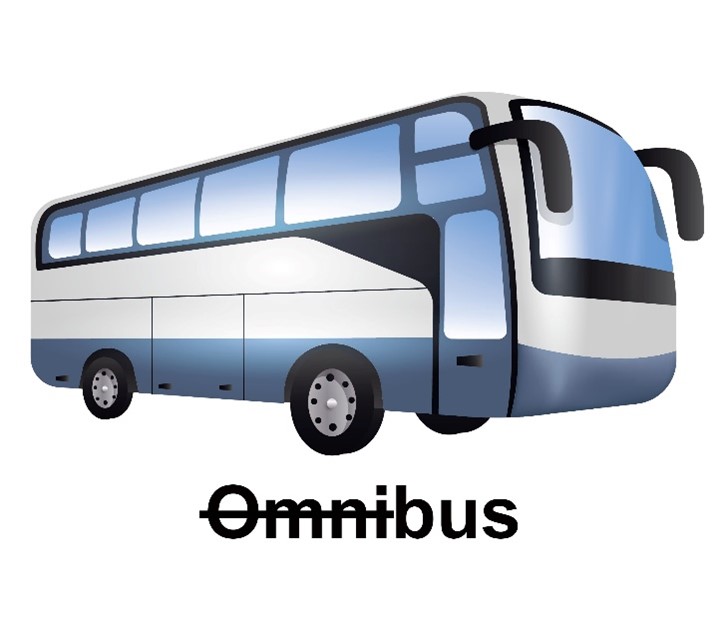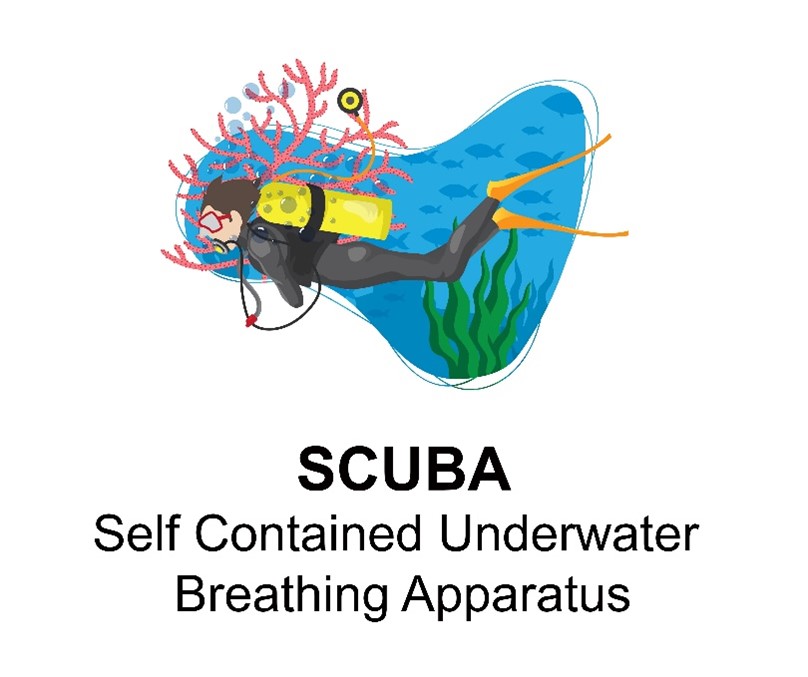An interesting characteristic of technical writing is the frequent use of invented words. These include:
- Clipped forms – new words derived by cutting off parts of existing words
- Back-formations – new words derived by shortening longer words but often by removing a suffix (or supposed suffix) to serve as a different part of speech
- Blends – new words formed by combining parts (or all) of other words
- Acronyms – new words formed by combining just the initial letter (or letters) of various words (refer to this post for more info on acronyms and abbreviations)
- Word-class shifters – not really new words as much as words that can shift their part of speech depending on their sentence context
Make sure you know your audience when including these words in your document. Are most of your readers familiar with the invented word? If not, you either need to define the word in context or consider replacing it with a more familiar synonym.
Clipped Forms
Clipped forms are new words formed by shortening longer words. We use some clipped forms so often that people neither recognize them as such. Take the word bus, for example, which originates from the word omnibus. We first saw it written with an apostrophe (‘bus) to show the omitted part of the word. Over time we dropped the apostrophe, and today most people think of bus as the whole word.
 More examples include spec (from specification), lab (from laboratory), and, of course, app (from application). Even though these clipped words don’t sound like English words, we treat them like other words and make them plural: specs, labs, apps.
More examples include spec (from specification), lab (from laboratory), and, of course, app (from application). Even though these clipped words don’t sound like English words, we treat them like other words and make them plural: specs, labs, apps.
While most clipped words are intuitive in origin, should your readers know the derivations of clipped words in your documentation? Probably not, as long as your readers know the reference. If you typically use industry-specific clipped words but are writing for a non-industry audience, use the longer forms of the words.
Back-Formations
Back-formations, like clipped forms, come from shortening longer words. However, back-formations remove a suffix (or supposed suffix), enabling the new word to serve as a different part of speech. For example, we derive the verb to donate from the noun donation. Such words fill a hole where no single word exists to cover a multiple-word meaning.
Sometimes linguistic purists object to new words formed in this manner and dismiss them as slang or jargon. Two examples include the back-formed verbs to incent and to conversate. The verb to incent, used in sales, is a back-formation derived from the noun incentive. It means “to motivate for money.” The verb to conversate is a back-formation of noun conversation and means “to have a conversation.” Purists might say, “OK, we’ll give you incent because it fills a hole), but conversate is unnecessary because we already use an existing verb with the same meaning, to converse.”
Blends
As with back-formations, blending is a well-established process for creating new words in English. One type of blending consists of two words often used together (like book and store) that become joined by hyphens, then gradually transform into one word. Many professions use words of this type, which remain separate words outside of that profession.
However, more common blends combine combining parts of words rather than whole words. This usually involves combining the first part of one word with the last part of another. Examples include camcorder (camera + recorder), docudrama (documentary + drama), brunch (breakfast + lunch), and milspecs (military + specifications). When considering using blends in technical documentation, again, consider your readers — will most of them recognize the invented word?
Acronyms
Acronyms combine the initial letters of the name of an object, project, agency, or other entity, pronounced like a word. Like blends, acronyms combine parts of several underlying words. Acronyms often resemble clipped forms, as many people no longer recognize the words underlying them — especially acronyms written in lowercase letters. For example, few people recognize scuba, radar, or laser, as acronyms.
 One rule about acronyms I want to mention is the practice of spelling out the acronym the first time it is used in a publication. That’s something every technical writer knows, but it’s important to only do this if the acronym will be used multiple times throughout the document. The first time you spell out the phrase or name and put the acronym in parentheses you’re signaling to your reader that they need to memorize it. If you’re only using the acronym a single time, then it’s best to spell out the phrase and not bother including the acronym. Additionally, do not spell out the phrase/name again in the document after it has been acronymized. That’s a sign of sloppy writing.
One rule about acronyms I want to mention is the practice of spelling out the acronym the first time it is used in a publication. That’s something every technical writer knows, but it’s important to only do this if the acronym will be used multiple times throughout the document. The first time you spell out the phrase or name and put the acronym in parentheses you’re signaling to your reader that they need to memorize it. If you’re only using the acronym a single time, then it’s best to spell out the phrase and not bother including the acronym. Additionally, do not spell out the phrase/name again in the document after it has been acronymized. That’s a sign of sloppy writing.
Word-Class Shifters
These invented words come from the tendency of technical writers to creatively shift word classes – to use words or one part of speech (e.g., nouns) as another part of speech (e.g., verbs). In this respect, word-class shifters are similar to back-formations. Unlike those, word-class shifters change parts of speech without adding or deleting anything from the word. The most frequent word-class shifts in technical writing include nouns to verbs and vice versa. Here we focus on nouns to verbs.
Because of the speed at which nouns enter the language in technology, we often lack existing verbs to use in conjunction with those nouns. The solution adopted by many writers is creating verbs from those nouns. A common belief in technical writing, and in business in general, argues that any noun can be verbed.
Arguably the most famous example is google, as in, google it. It has become so synonymous with searching that most understand it to mean searching for anything online using any search engine. It no longer simply means searching using Google. As with blends, word-class shifters are sometimes frowned upon by language police if another word has the same meaning, but this doesn’t always stop the word from becoming a word. For example, interface (from the noun interface – the place where humans and machines meet in a program or product) when used as a verb meaning to interface with customers is now a common word even though interact means the same thing.
Conclusion
When using any of these invented words in your writing, ensure your audience understands them. Do they understand your specialized language, or do you need to explain some words or literally spell them out? Remember, a technical writer must convey complex information to readers in a way they can understand and apply it in their lives. Remember that goal when using anything perceived as lingo or jargon.
Do you need technical writing services from professionals with extensive knowledge of the language? Contact MATC Group today to learn how easy and cost-effective it is to hire us!
Related Blogs
The Murder of the English Language



